
What Ever Happened To Those Good Old Days
At Club Forty Seven In Cambridge Massachussetts 1968
With Jim Kweskin And His Friends
Mississippi Mud (James Cavanaugh - Harry Barris) - Buddy Bolden's Blues (Jelly Roll Morton)- Bill Bailey, Won't You Please Come Home (Trad.)- Ain't She Sweet (Milton Ager - Jack Yellen- La Bomba (Mexican trad.)- Good Morning Little Schoolgirl- I Had a Dream Last Night (Jimmy Rodgers)- Five Foot Two, Eyes of Blue (Roy Henderson - Samuel M. Lewis - Joseph Young)- Ella Speed (Trad.)- Blues (Trad.)- Sheik of Araby (Harry B. Smith - Ted Snyder - Francis Wheeler)

The Jim Kweskin Jug Band formed in 1963 and was together for five years. It was the first of the jug bands formed in the 1960’s folk revival and gained widespread popularity. Their musical influence can still be felt today. Jim Kweskin, the founding member, was first influenced by the folk group, The Hoppers. The Kweskin Band had a unique style of folk music and gained national attention through live performances and television appearances on the Roger Miller Show and the Al Hirt Show. After the band broke up, Jim Kweskin continued to perform as a soloist. Today, he performs and records with the Jim Kweskin Band.

Family Dog original was designed by Victor Moscoso and Rick Griffin , It's for December 8-10 1967 shows at the Avalon Ballroom in San Francisco featuring the Jim Kweskin Jug Band, Sons of Champlin, and others.
Jim Kweskin and the Jug Band
by Craig Harris, All-Music Guide (http://www.allmusic.com/)
The fun side of folk music was explored by the Jim Kweskin Jug Band. During the five years that they were together, the group successfully transformed the sounds of pre-World War II rural music into a springboard for their good-humored performances.

by Craig Harris, All-Music Guide (http://www.allmusic.com/)
The fun side of folk music was explored by the Jim Kweskin Jug Band. During the five years that they were together, the group successfully transformed the sounds of pre-World War II rural music into a springboard for their good-humored performances.

Peanut Butter Conspiracy - Jim Kweskin Jug Band - Sparrow
1967 at Fillmore West Frisco
A communal-like musical ensemble, the Kweskin Jug Band was formed by Jim Kweskin, who had been inspired by a folk group, the Hoppers, featuring washtub bass player John "Fritz" Richmond. As a student at Boston University, Kweskin would often attend the Hoppers' performances at Cafe Yana in Harvard Square, learning much about guitar fingerpicking by watching the band's fingers. After Richmond was drafted into the U.S. Army, serving time in Korea and Europe, Kweskin began to frequent other folk clubs in Cambridge and Boston. Before long, he was playing guitar well enough to perform English and Appalachian ballads in folk coffeehouses.++FD029-SG%5B1%5D.jpg) Jim Kweskin Jug Band,Big Brother and the Holding At Avalon Ballroom (San Francisco, CA) FD029-SG
Jim Kweskin Jug Band,Big Brother and the Holding At Avalon Ballroom (San Francisco, CA) FD029-SG
A communal-like musical ensemble, the Kweskin Jug Band was formed by Jim Kweskin, who had been inspired by a folk group, the Hoppers, featuring washtub bass player John "Fritz" Richmond. As a student at Boston University, Kweskin would often attend the Hoppers' performances at Cafe Yana in Harvard Square, learning much about guitar fingerpicking by watching the band's fingers. After Richmond was drafted into the U.S. Army, serving time in Korea and Europe, Kweskin began to frequent other folk clubs in Cambridge and Boston. Before long, he was playing guitar well enough to perform English and Appalachian ballads in folk coffeehouses.
++FD029-SG%5B1%5D.jpg) Jim Kweskin Jug Band,Big Brother and the Holding At Avalon Ballroom (San Francisco, CA) FD029-SG
Jim Kweskin Jug Band,Big Brother and the Holding At Avalon Ballroom (San Francisco, CA) FD029-SG Although Kweskin temporarily left for California, he returned to Cambridge, along with his wife Marilyn and dog Agatha, and resumed his musical career. A split-bill booking with blues enthusiast Geoff Muldaur at the Community Church in Boston on February 3, 1963, proved a turning point. In addition to peforming their own sets, Kweskin and Muldaur played several songs together. When Kweskin was invited by Maynard Solomon of Vanguard records to record with a band, he immediately remembered playing with Muldaur. Together with Fritz Richmond, and banjo and harmonica player Mel Lyman, Kweskin assembled the original Kweskin Jug Band. The group was a smash from the onset and were quickly signed to a record contract by Vanguard.

During a two week stint at the Bottom Line in New York, Maria D'Amato, fiddler and vocalist for the New York-based Even Dozen Jug Band, attended a show, became enamored of Muldaur and accepted an invitation to move to Cambridge and join the Kweskin Jug Band. D'Amato and Muldaur were soon married.
Shortly after the Kweskin Jug Band performed on the nationally-aired Steve Allen Show, on March 4, 1964, Lyman left the band and was replaced by banjo wiz Bill Keith, who had just left a gig with Bill Monroe's Bluegrass Boys.
Shortly after the Kweskin Jug Band performed on the nationally-aired Steve Allen Show, on March 4, 1964, Lyman left the band and was replaced by banjo wiz Bill Keith, who had just left a gig with Bill Monroe's Bluegrass Boys.

The Kweskin Jug Band continued to bring their unique style of folk music to a national audience, appearing on The Roger Miller Show and The Al Hirt Show. Although Kweskin planned to move to California, the group left Vanguard and signed with Reprise, and virtuosic fiddler Richard Greene was added to the band. Just when it looked as though the Kweskin Jug Band was going to become commercially successful, Kweskin, who had moved into Lyman's commune in Fort Hill, a run down section of Boston, shaved off his trademark mustache and announced that he was breaking up the group.

In the aftermath of the Kweskin Jug Band's demise, Kweskin continued to work as a soloist, and he formed the U & I Band in the mid-1980s. Richmond went on to become a well-respected recording engineer and producer. Geoff and Maria Muldaur recorded several memorable duo albums before their marriage dissolved in the 1970s. Keith resumed his partnership with guitarist and vocalist Jim Rooney. In addition to working on each others' albums, Keith and Rooney were instrumental in the forming of a folk supergroup, the Woodstock Mountain Revue. Lyman, who ran his commune as a cult, disappeared under still-mysterious circumstances.
 The Folk Revival Boston & Cambridge 1958 - 1968
The Folk Revival Boston & Cambridge 1958 - 1968Jim Kweskin& The Jug Band discography
What Ever Happened to Jim Kweskin?
Enjoy!




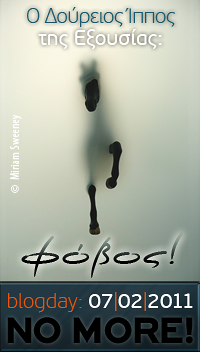

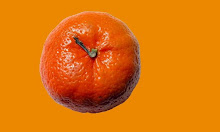
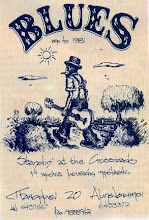
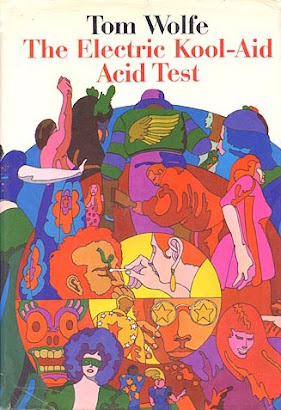
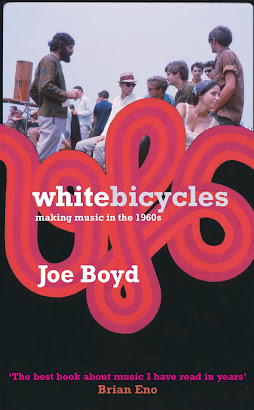
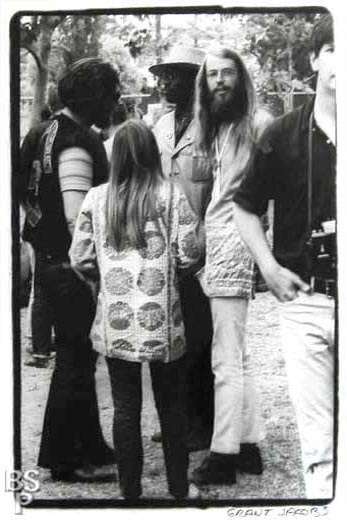
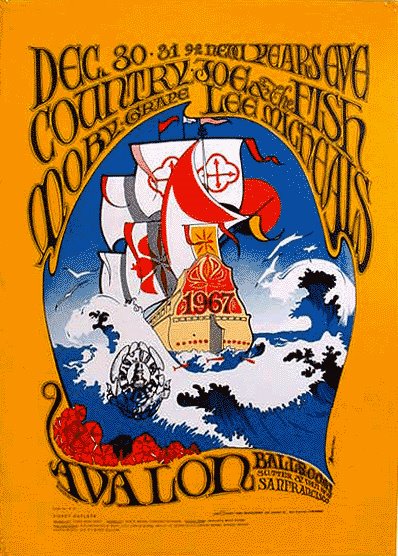
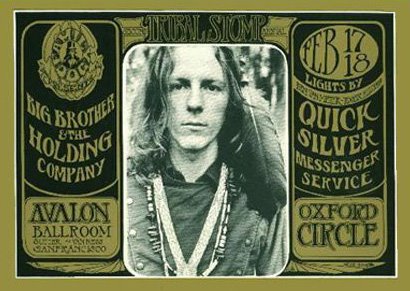
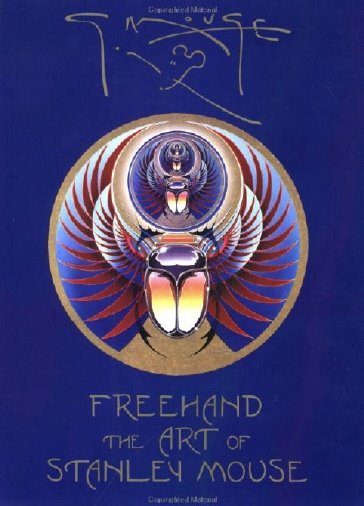.jpg)




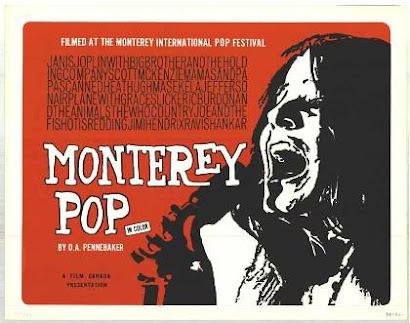
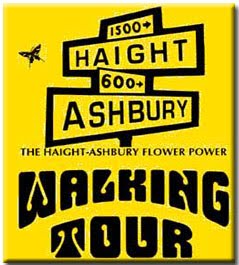
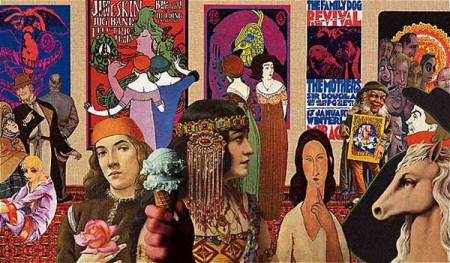.jpg)

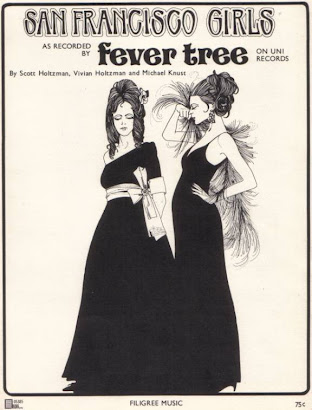
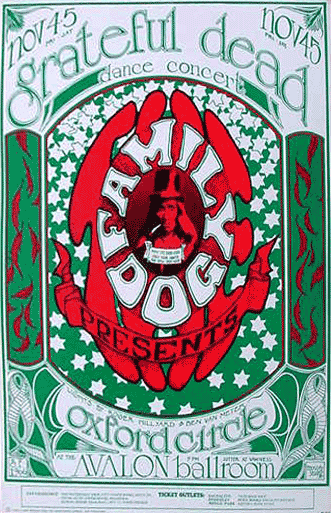
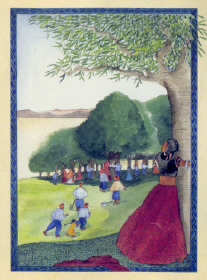
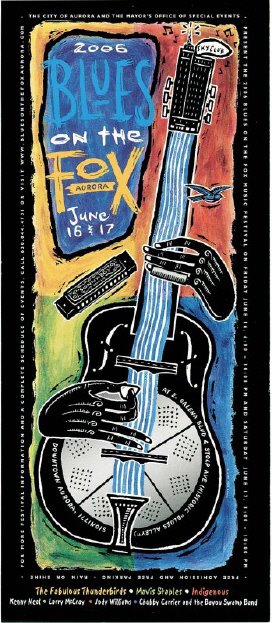
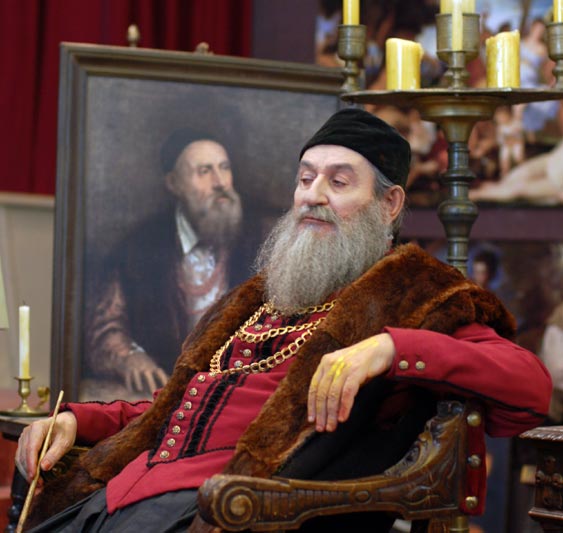
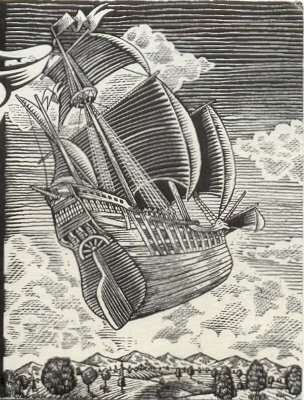
































































































.jpg)


































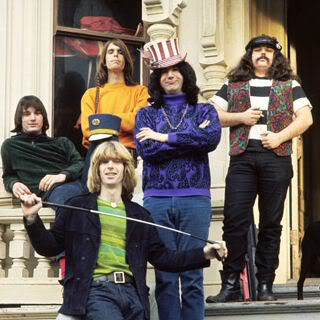





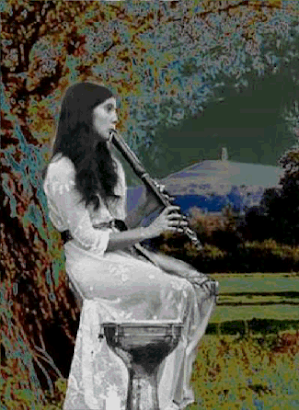









.jpg)


































.jpg)







0 σχόλια:
Δημοσίευση σχολίου